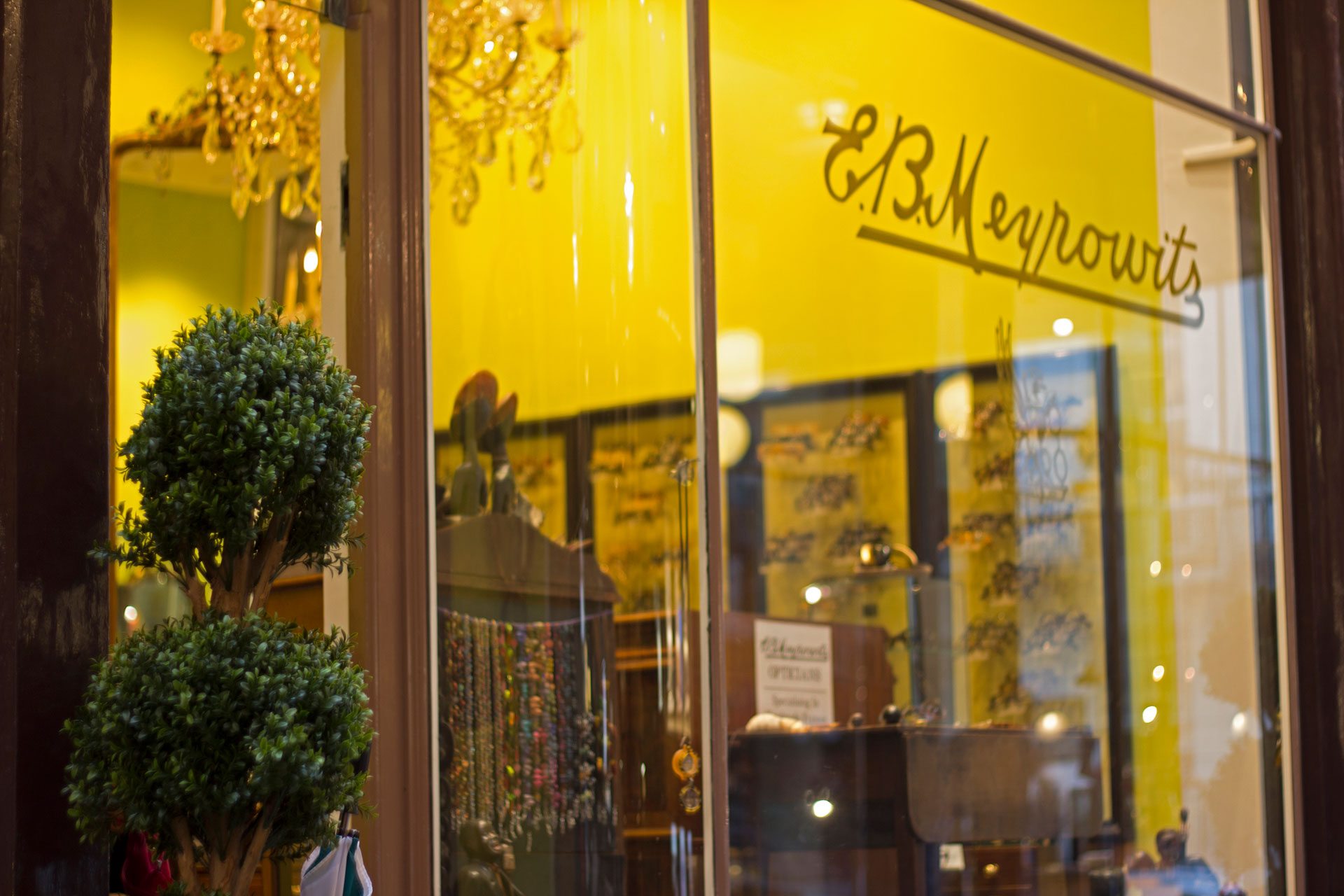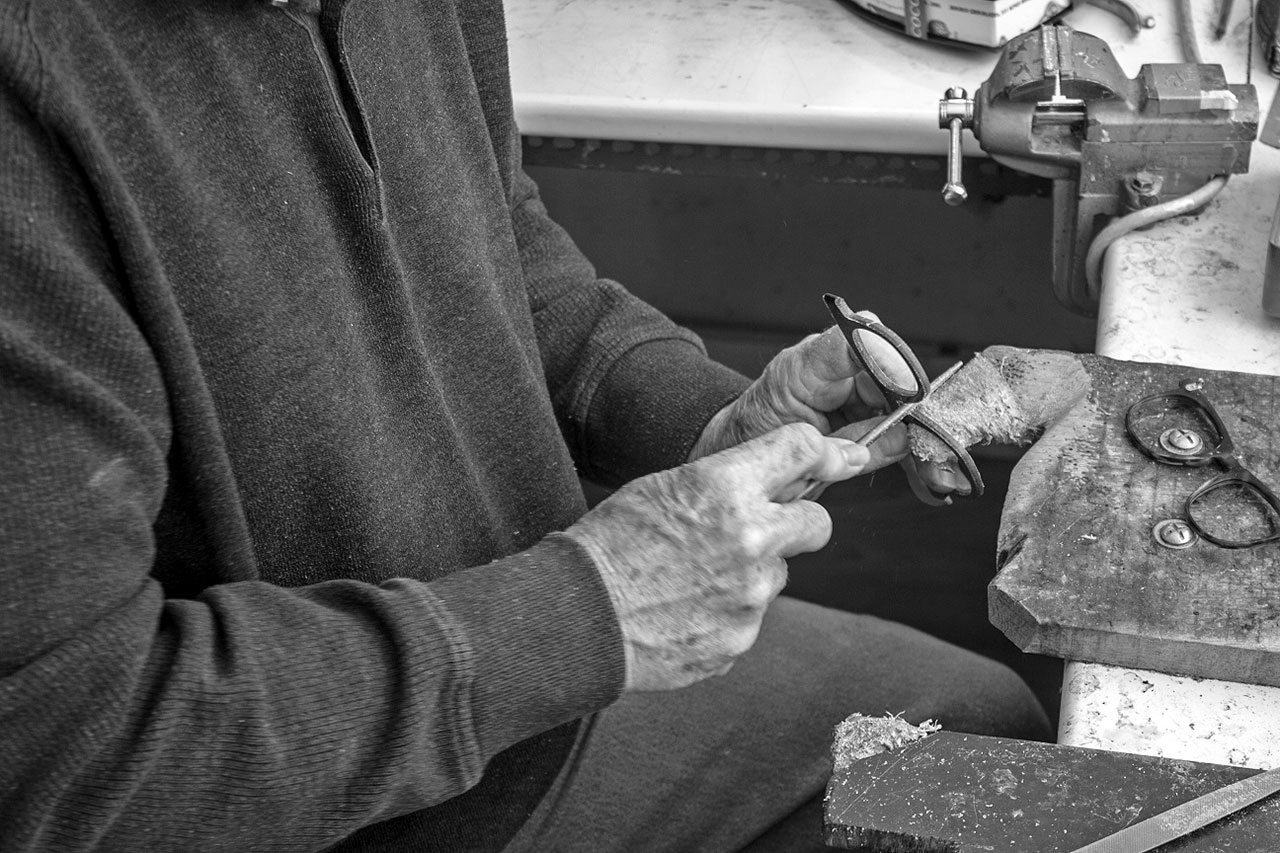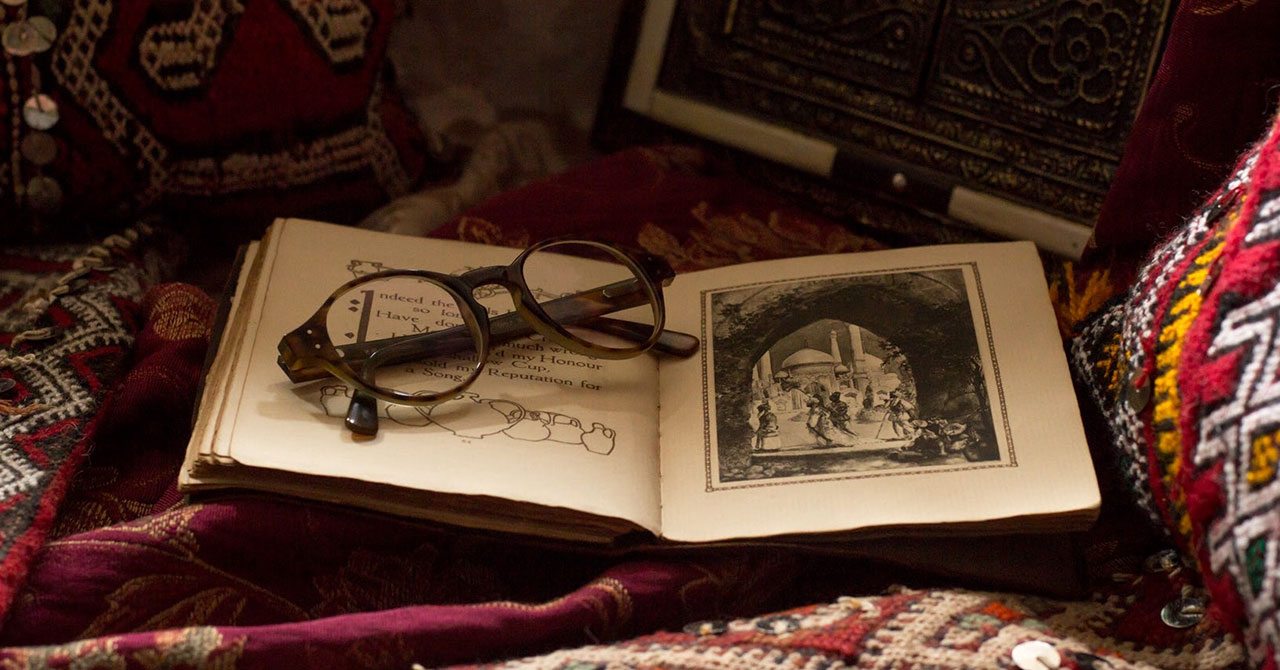Stylishly Focussed: Richard Hopton Learns More About E.B.Meyrowitz
Richard Hopton meets the owner of luxury spectacle purveyors E.B. Meyrowitz, to discuss why traditional craft is key to its enduring success...
This post may contain affiliate links. Learn more
‘Men seldom make passes/ At girls who wear glasses,’ Dorothy Parker famously quipped. But Sheel Davison-Lungley, the owner and inspiration of upmarket spectacle maker, E.B. Meyrowitz, disagrees. ‘Dorothy Parker was wrong,’ she says. ‘I try to make people look good and see better.’ Her spectacle frames, made from buffalo horn, acetate and, occasionally, natural tortoiseshell are the epitome of understated chic.

E.B. Meyrowitz
E. B. Meyrowitz is a venerable business which fell on hard times but somehow survived until Sheel bought it and set about reviving its fortunes. Emil Bruno Meyrowitz was born in Prussia in 1852 and founded his business in 1875. Over the next twenty years, he expanded the business, opening branches in London, Paris and New York, making and selling spectacles and other optical devices and instruments. The company’s goggles were an essential accessory for early racing drivers, pilots and mountaineers.
After Meyrowitz’s death, the business declined, under successive owners gradually shedding its historical reputation for quality. By the early 1990s it was being run as a high street optician: ‘It was awful,’ Sheel remembers, ‘but I thought I could do something with the business, to restore it to its former glory.’ So, when the opportunity arose in 1991, she bought the company.
Having acquired E.B. Meyrowitz, it was five years before Sheel began to make the lovingly-crafted frames on which the company’s resurrected reputation now rests. The delay lay in ‘the difficulty in finding people who could make frames to my specifications.’ Now Sheel uses a German family firm to make the horn frames.

E.B. Meyrowitz
Buffalo horn is a wonderful material for spectacle frames; tough, light and blessed with a beautiful opaque luminosity. As each horn is a different colour with different figuring, each pair of spectacles is unique. Sheel is keen to emphasise that the horn, which comes from India, is taken from buffalo which have died of natural causes- they are not slaughtered or maimed for their horns. Preparing the horn is a long process, one which can take fourteen months. Once the horn has been removed, thin layers are shaved from it before being glued together to form a flat, rectangular, laminated block, fifteen to twenty layers thick. The frame is then cut from the block before being shaped and smoothed in a hot mould. A bespoke pair of buffalo horn spectacles from E.B. Meyrowitz starts at £2,000.
Frames made of natural tortoiseshell are nowadays a rare and expensive item: a pair from Sheel will cost at least £15,000. This is because the harvesting of shell from tortoises was banned in 1974 so any frame has to be made from an ever-diminishing stock. Furthermore, the highly-prized light, yellow-brown tortoiseshell is no longer available; only the darker shades remain.
Recently, Sheel has started making glasses in limited editions. The Hardy, a limited edition of twelve pieces, each costing £2,600, sold out. She also recently launched the Morocco collection which consists of eighteen pieces, six different designs in three different colours. In all, the company sells around 750 pairs of spectacles a year to clients from all walks of life. While I was talking to Sheel, Daniel Day-Lewis visited the shop.
Sheel is evidently a perfectionist who loves her work: ‘I want it to be the best,’ she says. As for the future, ‘I can’t really imagine not working.’

‘The Marrakech’ E.B. Meyrowitz
Who has influenced you most professionally?
My parents – I was inspired by their work ethic, determination and propelled forward by the confidence they placed in me from an early age.
Will the monocle make a comeback?
Yes, I already make them and in horn, too.
Who is your spectacle hero?
Cary Grant always looked good in glasses.
How many pairs of glasses do you think a spectacle wearer should own?
There is no limit.
Where do you most like going on holiday?
Umbria in Italy.
For more information, visit E.B. Meyrowitz’s website.
MORE STYLE: The C&TH Guide to Savile Row / The Buyer’s Guide to Tweed & Tartan / Interview: Anna Harvey on Princess Diana’s Style / The Very British History of the Blazer
